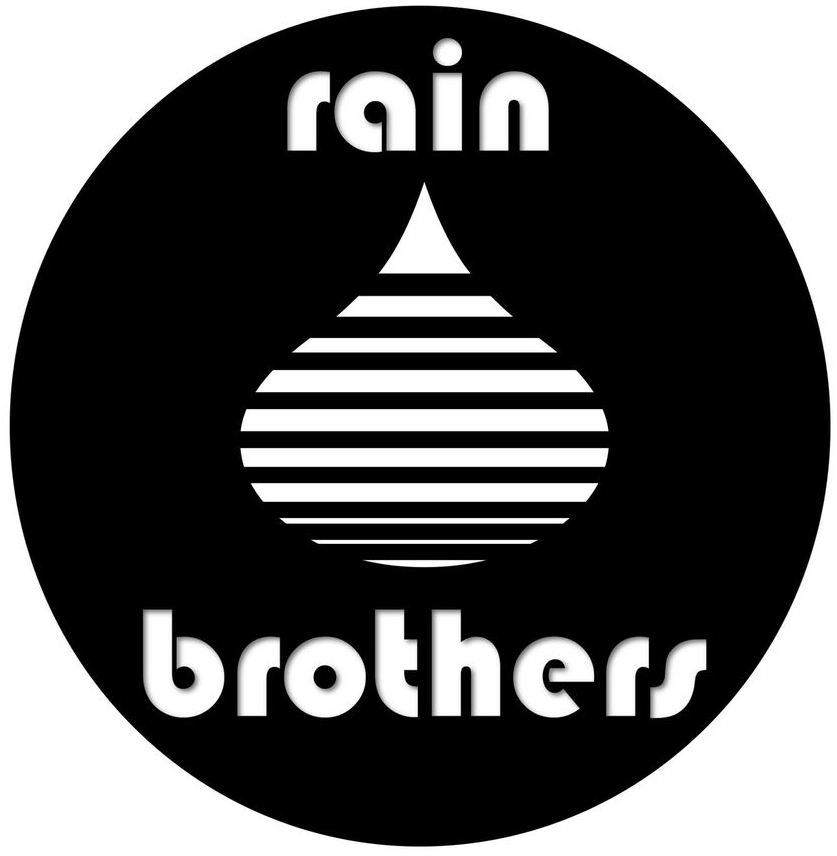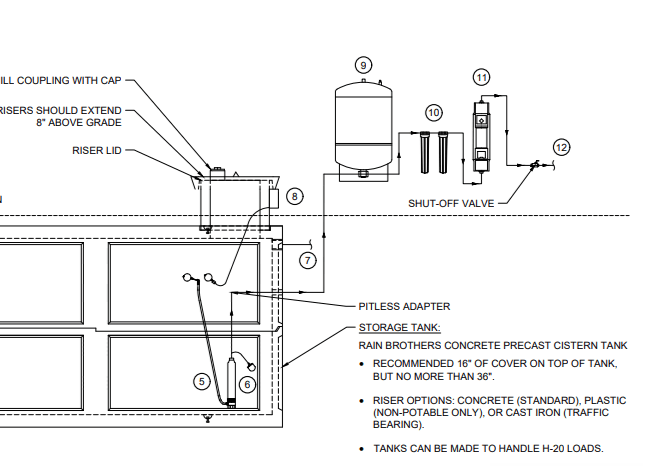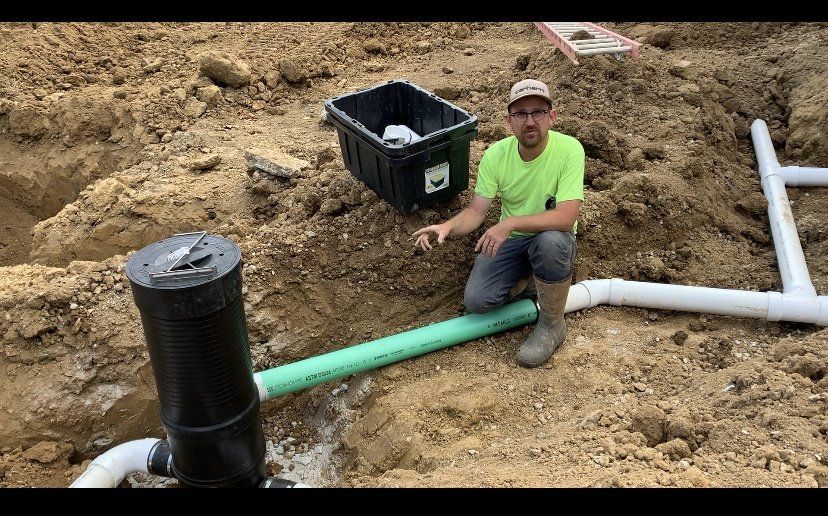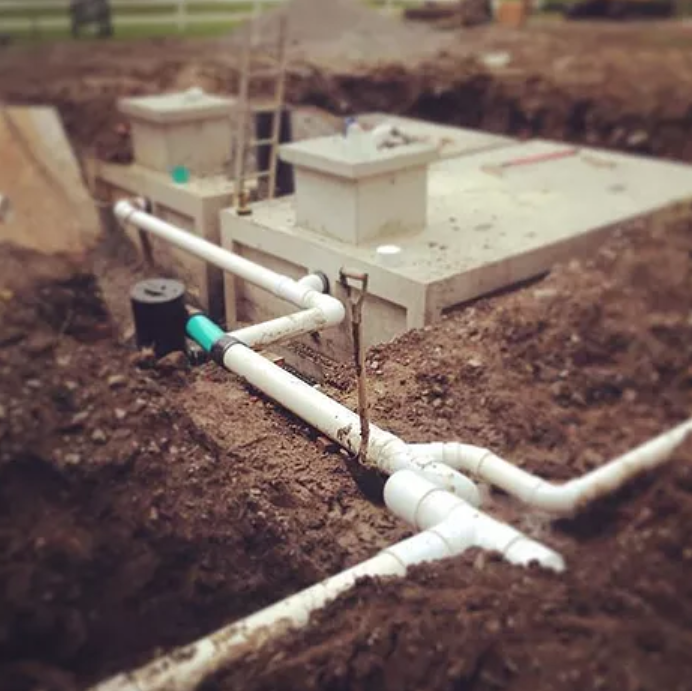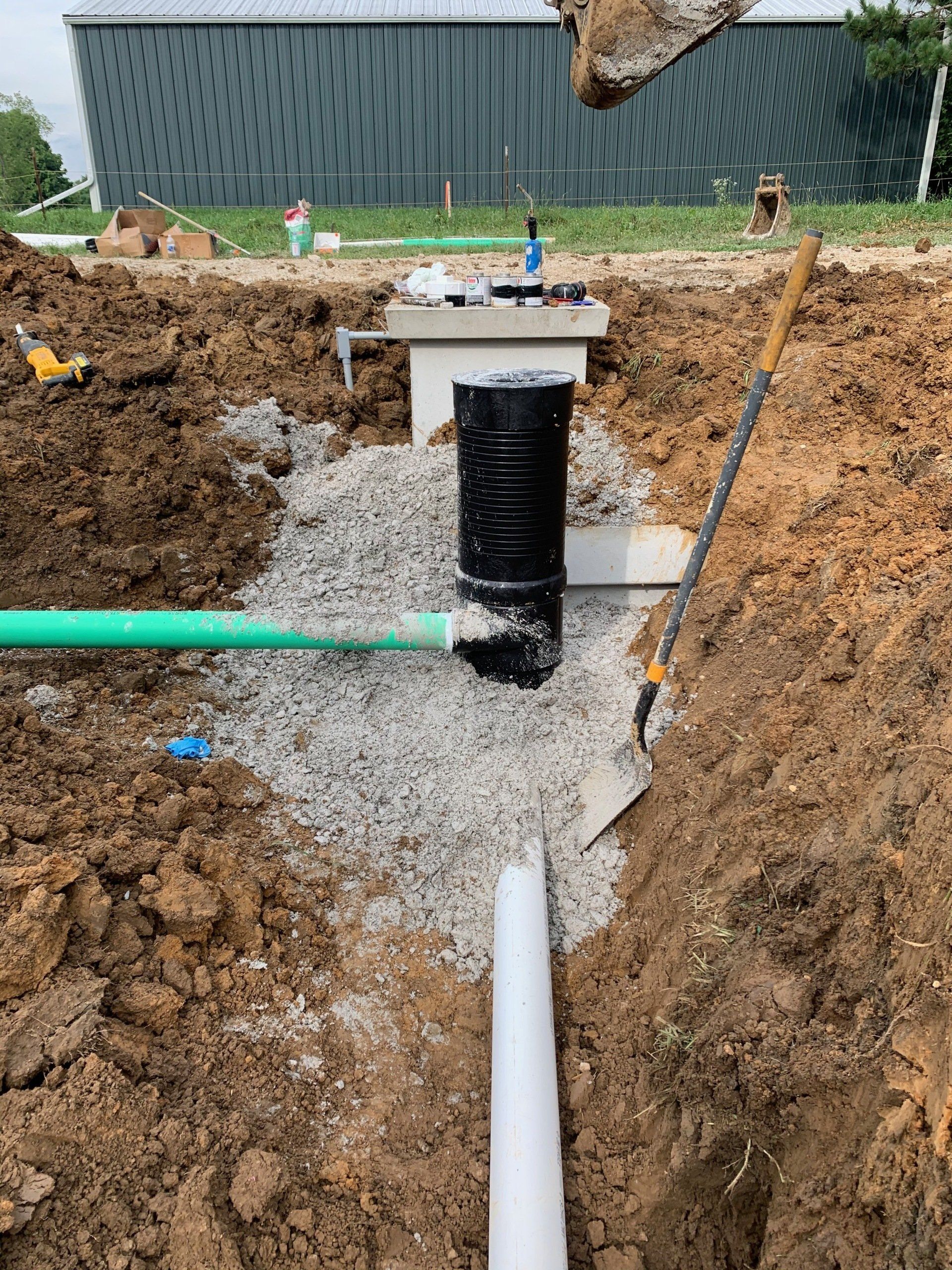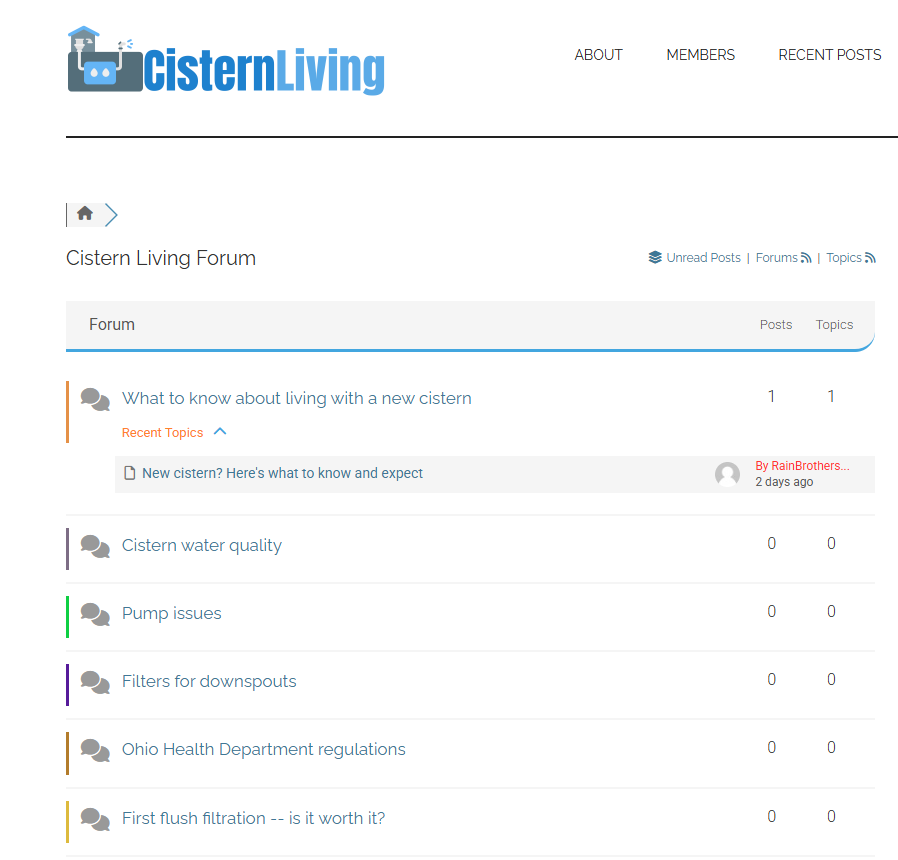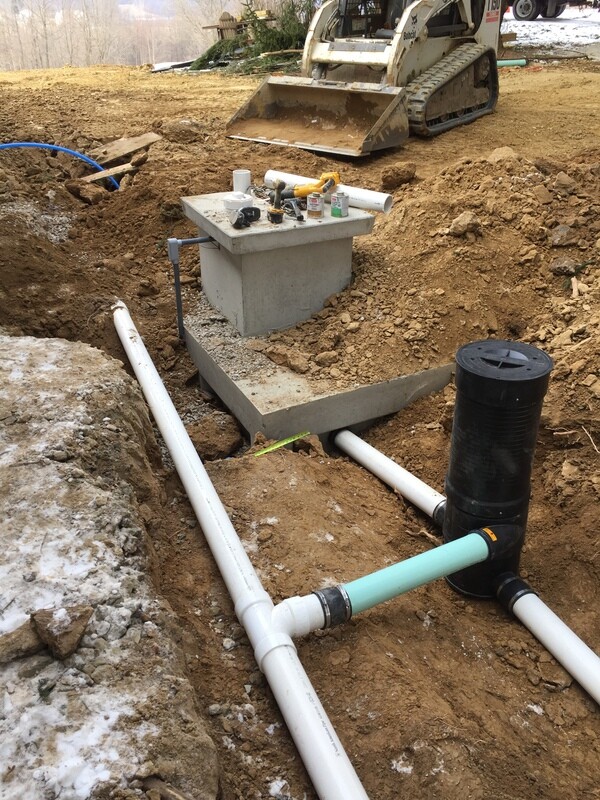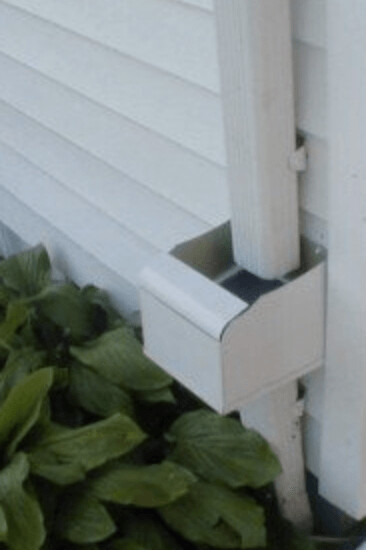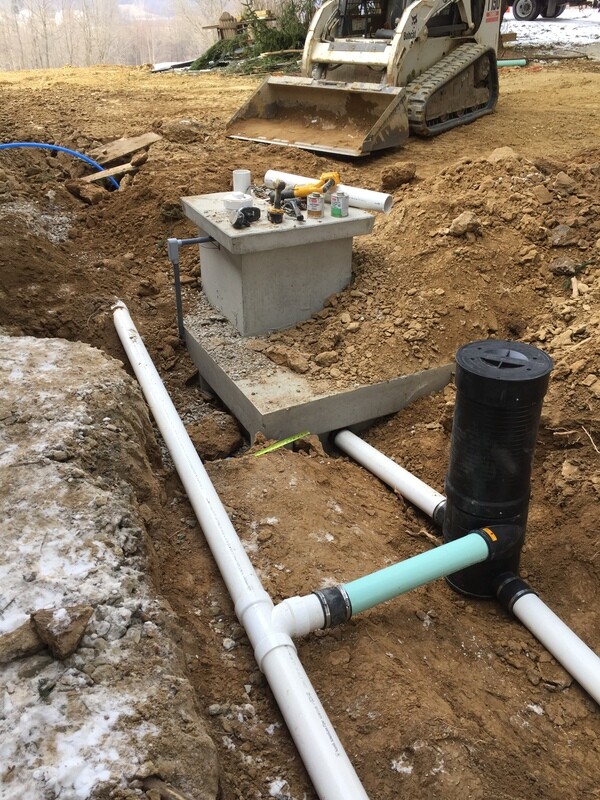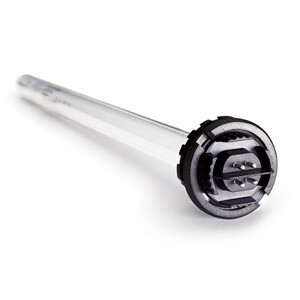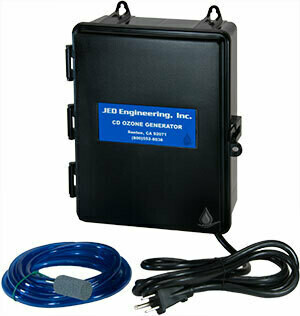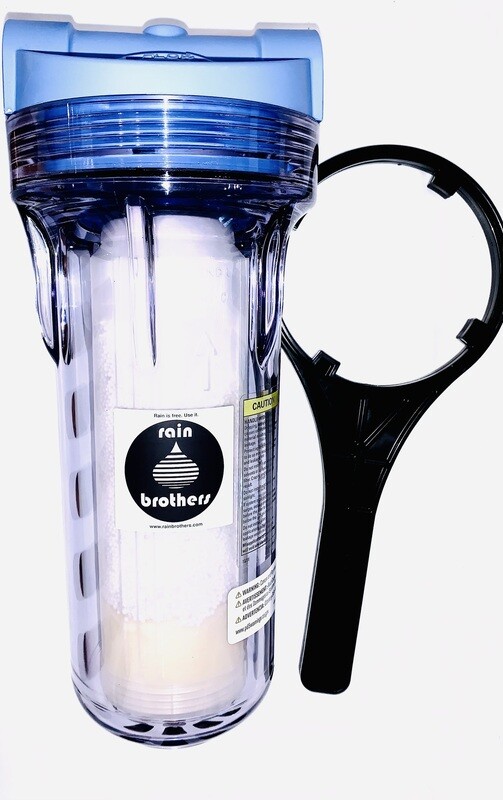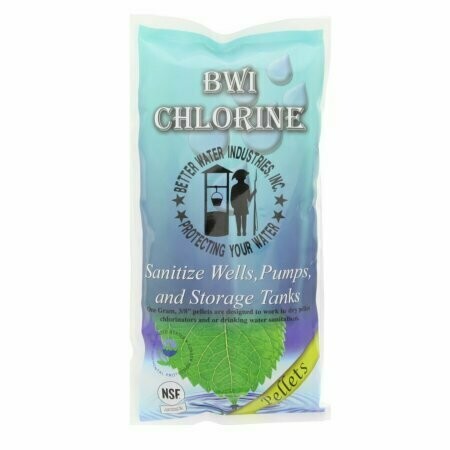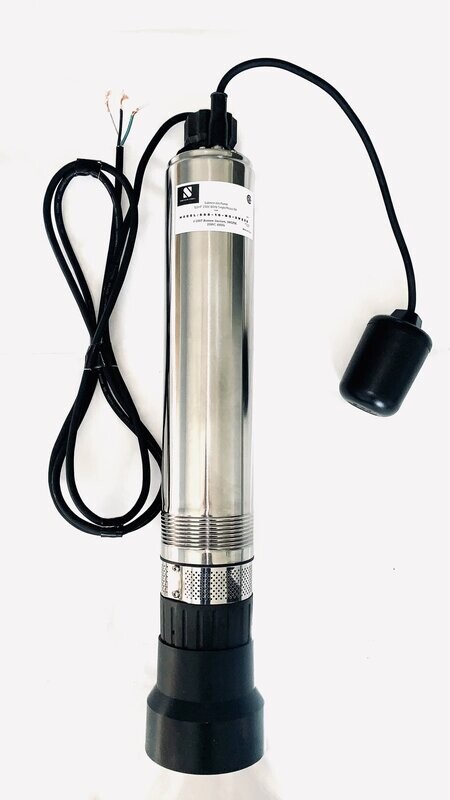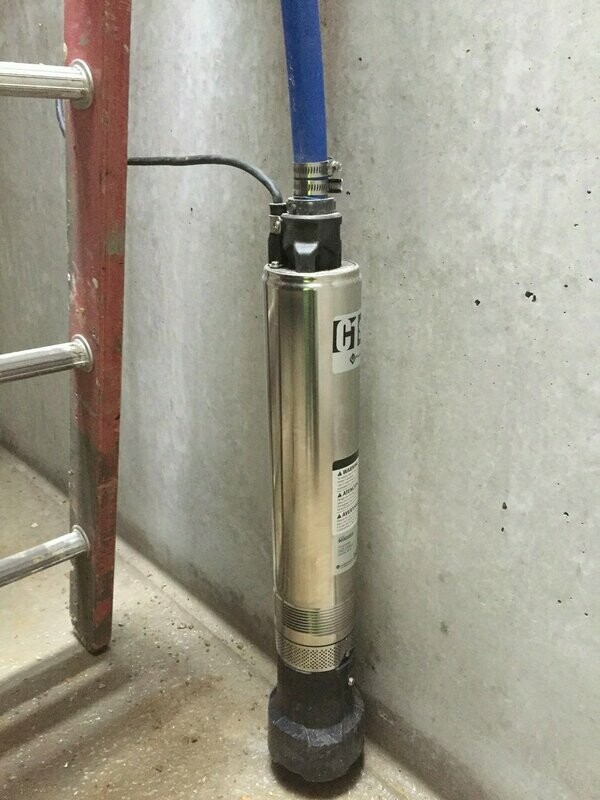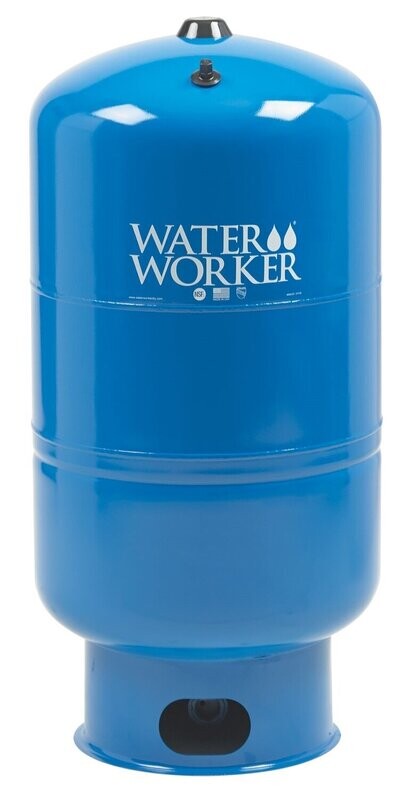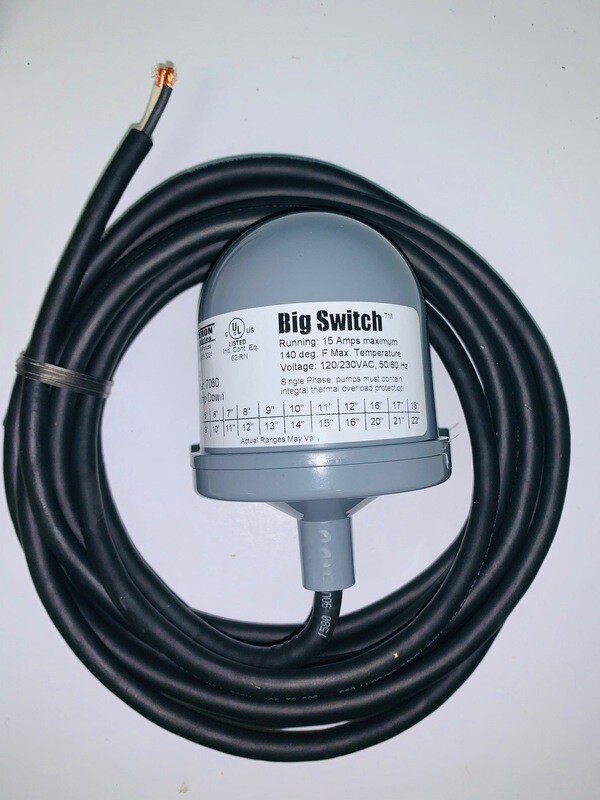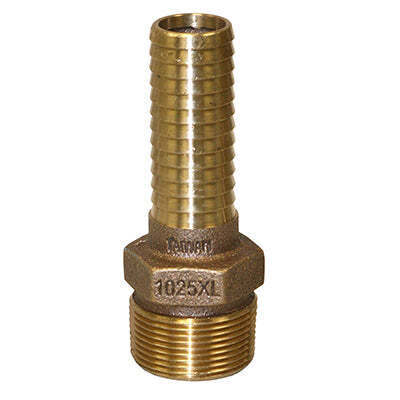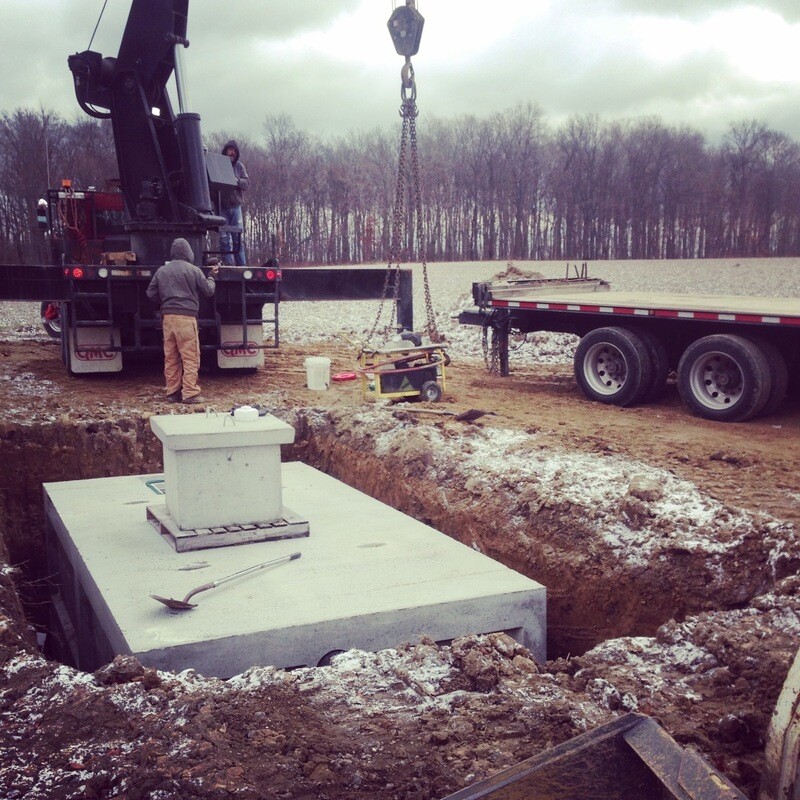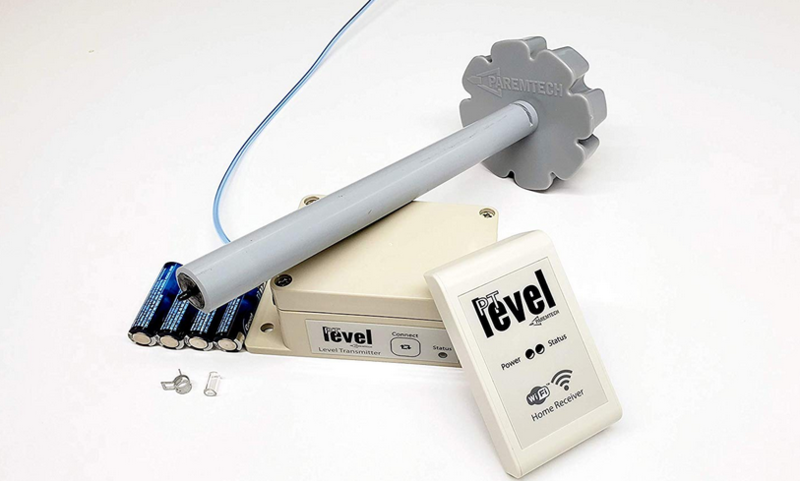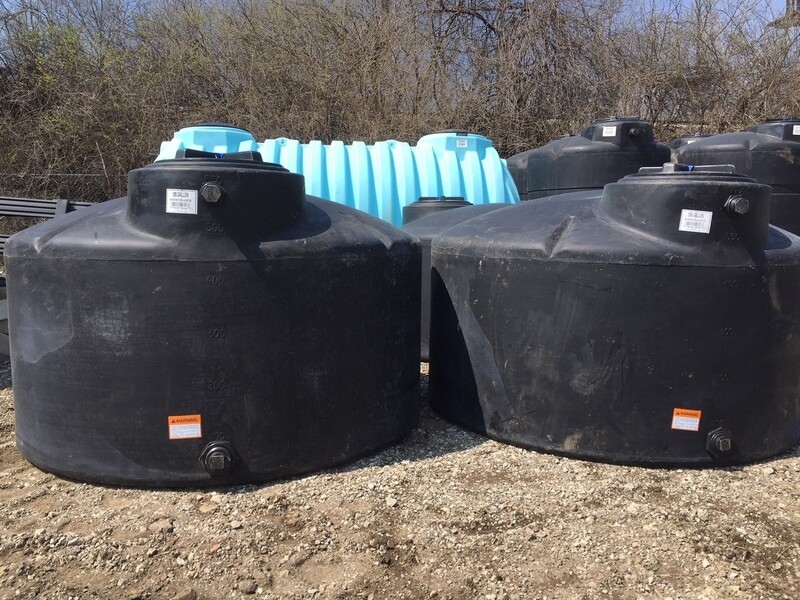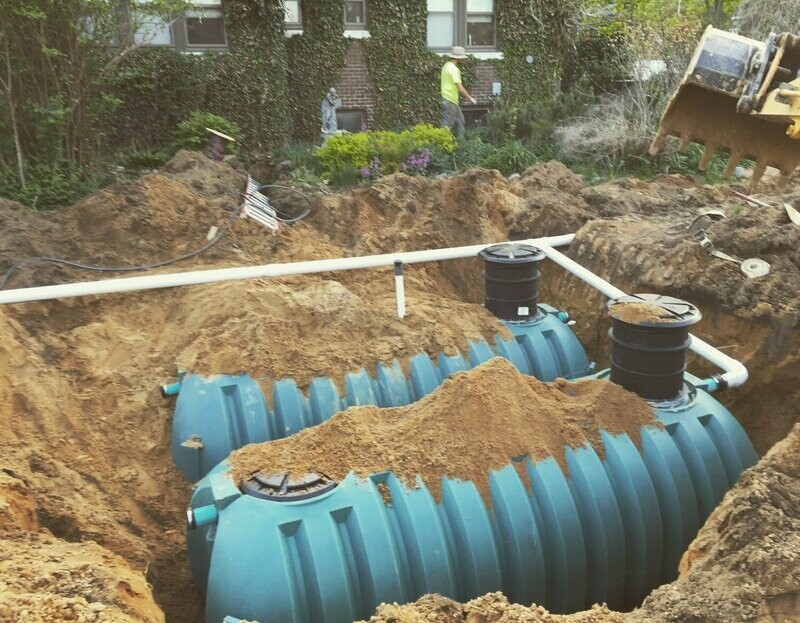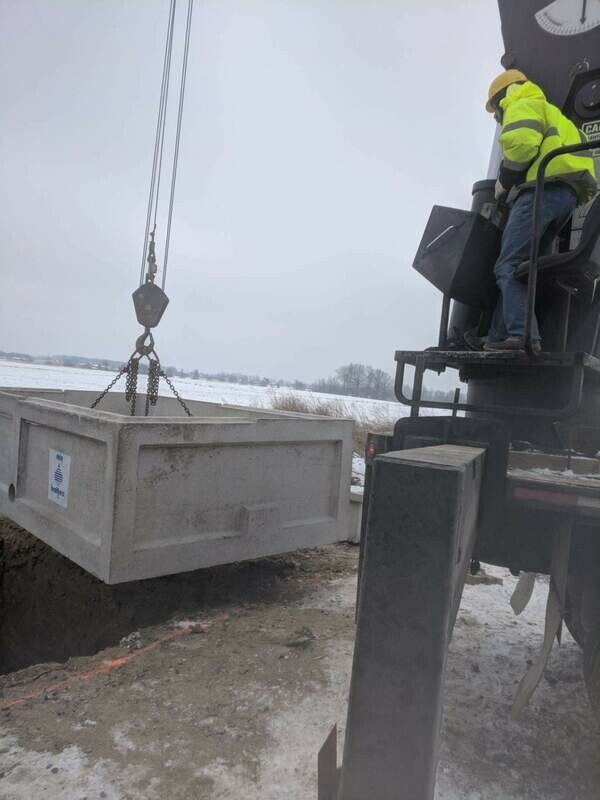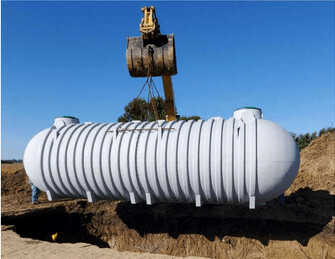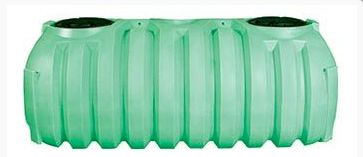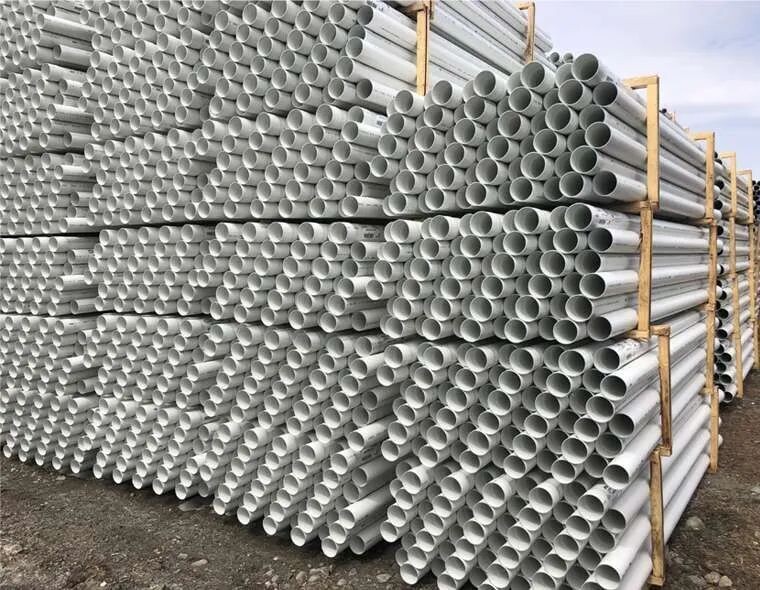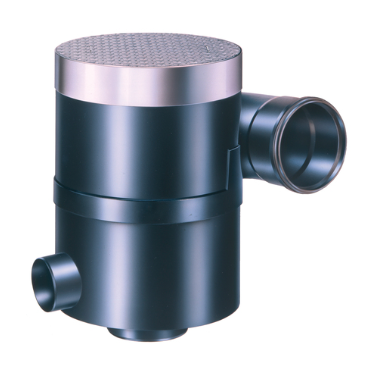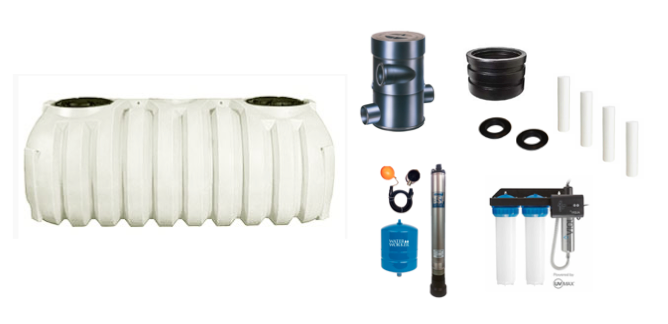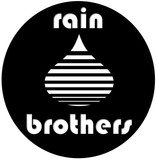Low Shipping Prices
Same Day Shipping
International Shipping
Rain Is Free. Use it.
We Are Experts in Rainwater Harvesting Cisterns & Systems for Low-yield, Low-producing Wells, And We Are Here To Help
If you have a question about rainwater harvesting systems or have a problem with a low-yield or low-producing well, sometimes it’s hard to know where to turn for help. We understand. We’ve been working in the rainwater harvesting business for 18+ years, and here to answer any of your questions. Please take a look at our design library, our how to videos, our online product catalog, and if you need guidance, please contact us today at (937) 949-1100.
Rain Cistern & Low-Yield Well Products - Shop Now
Your Expert Resource for Rainwater Harvesting Cisterns & Systems for Low-yield or Low-producing Wells
Established in 2007, we at Rain Brothers specialize in sales and service of everything related to cisterns. We carry only field-tested, high quality products at unbeatable prices. Our service division consists of the most experienced underground cistern installers in the country, and are licensed Private Water Systems Contractors and accredited by the American Rainwater Catchment Systems Association. We are a small company dedicated to helping our customers get just what they need and nothing more.

Excellent company and great people. I had them install 4 tanks at my house to capture rain water for gardening and to automatically keep my pond full. Now I'm getting ready to pair the tanks with rain gardens to handle the overflow.
Bill S.

Highly Recommend!! Jonathan was awesome to work with from initial email, to designing, installing and even afterwards. very willing to answer any questions or concerns i had. we installed 2x 2500 gallon cistrens and wanted them a certain way. they followed through perfect with exactly what i wanted and on schedule. tested water for bacteria, ph, everything in between. tested perfect. one of the best companies i dealt with through out our new home project. A+++
Mark L. Jr.

Rain brothers is the best company that we have had the privilege of working with during the process of our new home. They were very professional and the most kindest and genuine people we have dealt with during this process. We will definitely be recommending them to anyone that needs there services. Thank you so much ! You are greatly appreciated!
Jennifer M.
Common Questions
Don't see your question listed here? Call us at (937) 949-1100 or email us at info@rainbrothers.com.
We're here to help!
